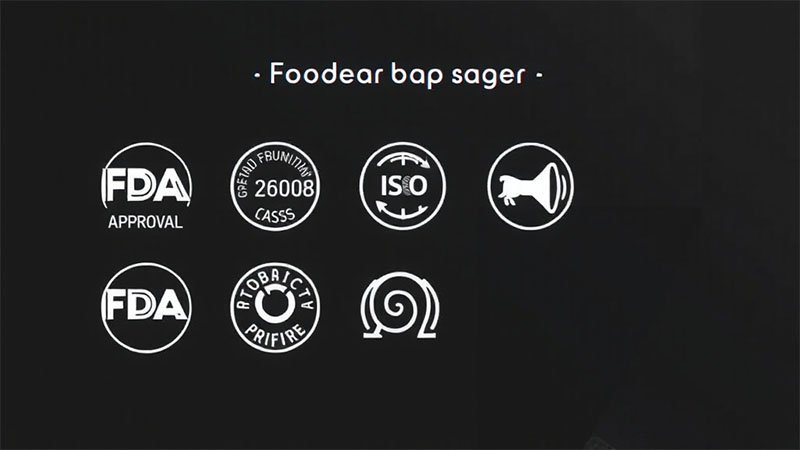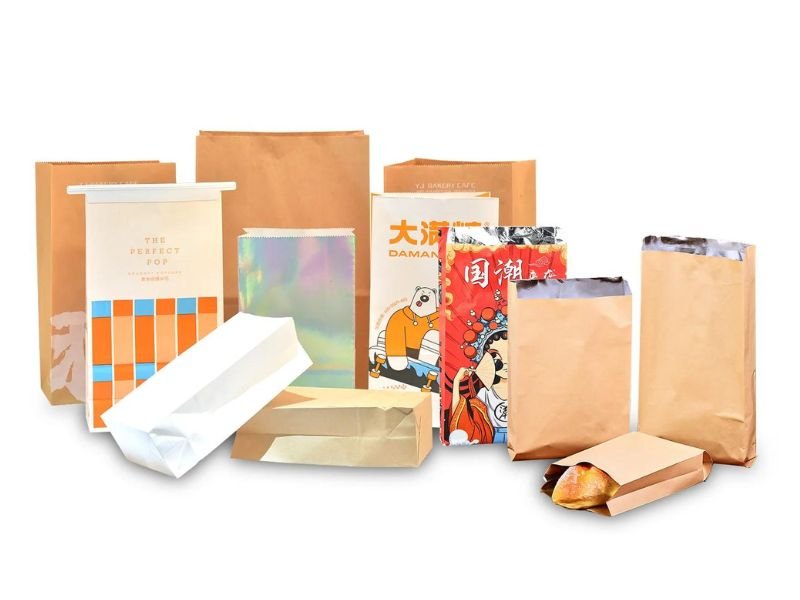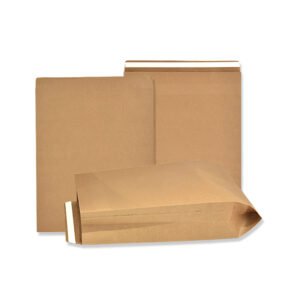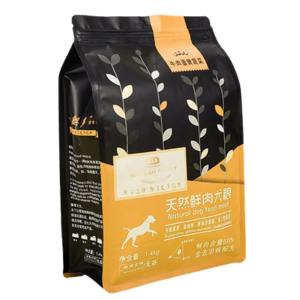Imagine handing a customer a delicious hot sandwich in a paper bag that leaks or smells weird. Not only do you lose credibility, but you could also be breaking health regulations.
Food-grade paper bags must meet strict safety standards like FDA approval, ISO 22000, and GB 4806.8-2016. These ensure no chemical migration, contamination, or structural failure. At GreenWing, we follow all key food safety standards to keep your products fresh and your customers safe.
Because in food packaging, safety isn’t just priority #1—it’s the law.
What Safety Standards Apply to Food Paper Bags?
Food packaging needs to be clean, safe, and non-reactive. That means following globally recognized standards like:
- FDA 21 CFR – U.S. regulations for materials that contact food [source link]
- EU Regulation 1935/2004 – European framework for food contact safety
- GB 4806.8-2016 – China’s standard for paper materials in food packaging
- ISO 22000 – Food safety management systems
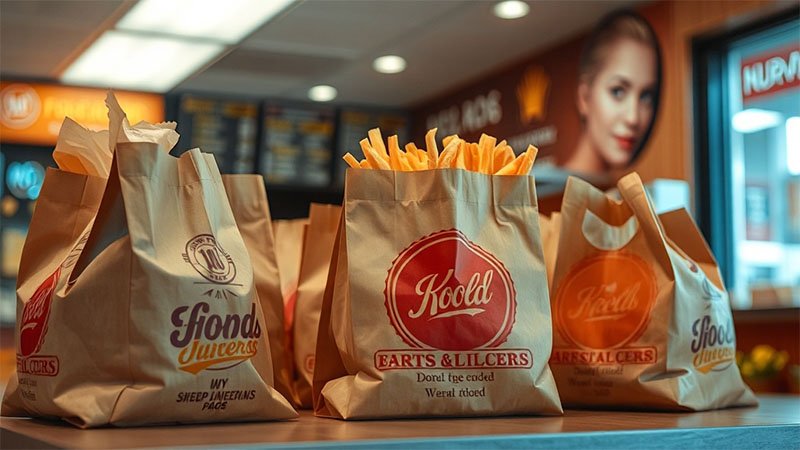
These aren’t optional if you plan to sell in the U.S., Europe, or to serious food brands.
What Are the Key Risks in Food Paper Packaging?
Paper sounds harmless, but there are real risks:
- Chemical migration from ink, glue, or paper coatings
- Bacterial contamination if hygiene protocols are ignored
- Odor transfer that affects food taste
- Grease penetration that causes structural breakdown
That’s why we test every batch at GreenWing for migration, moisture resistance, and cleanroom compliance.
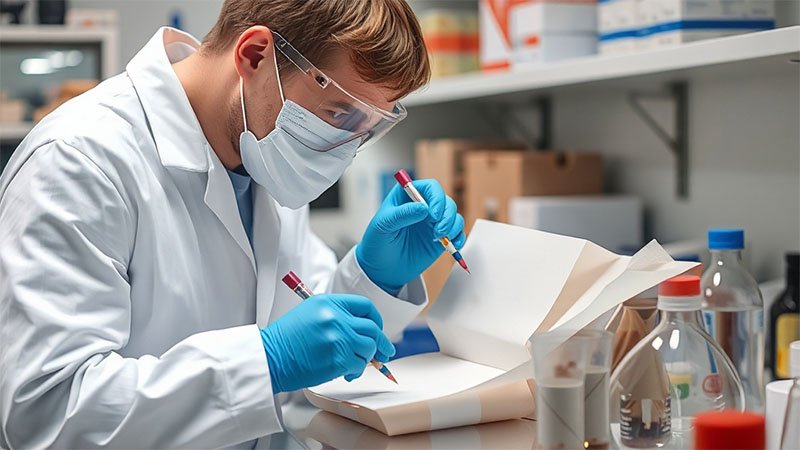
How Do We Ensure Safety at GreenWing?
Our facility is ISO 22000-certified and HACCP-compliant. Here’s what we do:
- Use food-grade ink and glue
- Maintain hygienic production zones
- Conduct migration tests for each material
- Use virgin kraft or FSC-certified pulp only
Each batch comes with a Certificate of Compliance. No guesswork, no shortcuts.
Grease-Resistant vs. Coated Bags: What’s the Difference?
Grease resistance is key in food bags. But not all coatings are created equal.
- PE coating = Good barrier, but harder to recycle
- Water-based coating = Eco-friendlier, food-safe
- Glassine paper = Naturally grease-resistant and fully biodegradable
We help clients choose the right combo based on food type and disposal requirements.
What’s the Role of Testing and Certification?
We regularly run tests like:
- Migration testing (EN 1186)
- Grease resistance (TAPPI T559)
- Burst and tensile strength
- Microbiological inspections
And we offer third-party verification through SGS, Intertek, or TÜV upon request.
How Can Importers Verify Food Safety Claims?
Ask your supplier for:
- FDA/GB/ISO test reports
- Migration test certificates (linked to batch IDs)
- Facility hygiene audit reports
- Samples with documentation
At GreenWing, we provide a full safety dossier with every food packaging order.
Common Pitfalls to Avoid
- Using recycled paper not certified for food contact
- Skipping barrier coatings for oily foods
- Printing on food-contact surfaces
- Ignoring temperature limits (some bags warp or leach chemicals)
We educate our clients on these issues during the design phase to avoid surprises later.
Conclusion
Food-safe paper bags aren’t just better—they’re required. With GreenWing, you get verified, certified, and deliciously safe packaging every time. Let’s keep it clean, compliant, and customer-ready.

